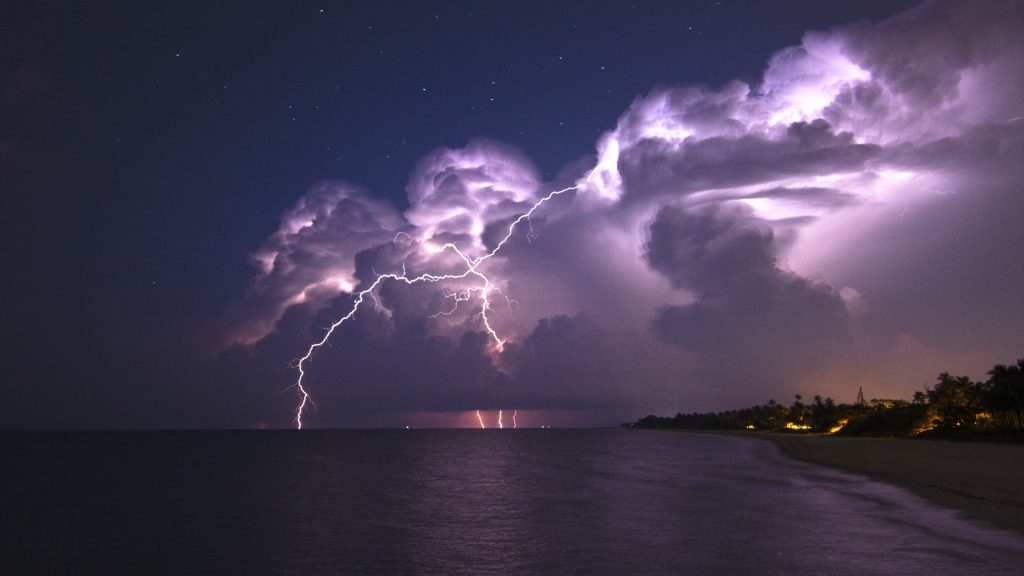
Quite some time ago – in fact, it was one of the first articles I ever wrote as a poker journalist – I talked about how the current tournament poker world was beginning to encroach on itself. At that time, the World Poker Tour and the World Series of Poker were beginning to square off over the same bits of “turf” (to coin a phrase from Cyrus in The Warriors) in an attempt to garner the biggest chunk of the tournament poker dollars. It may have taken some more time than that piece originally stated, but we may be on the verge of that predicted storm at the end of 2023.
Scheduling Glitch or Planned Attacks?
In December of this year, the two major players in the tournament poker world will square off against each other. The WPT will be holding the WPT World Championship at the Wynn Las Vegas from December 12-21. From December 3-14, the WSOP will be holding its WSOP Paradise at Atlantis Paradise Island in the Bahamas. That schedule in the Bahamas is big because there will be WSOP bracelets given to the winners of the 15 events, including a $15 million guaranteed Main Event ($5000 buy-in) and a $10 million guaranteed “High Roller” event ($25,000 buy-in).
Not to be outdone, the WPT has certainly upped the ante with the second running of the WPT World Championship. Last week, the WPT announced that there would be a monstrous $40 million guaranteed prize pool for their participants ($10,000 buy-in). In 2022, the WPT had a $15 million guaranteed prize pool and nearly doubled it before settling in north of $29 million.
While this type of thing has gone on for several years, it is the first time that two such massive tournaments have clashed against each other. In the past, it was normally a WPT tournament that briefly bumped up against a Circuit event or, during the summer months, the WSOP would take over the majority of the action (and attention) of the poker public, which the WPT gracefully stepped aside.
That “gracefully” has slowly gone away, especially since the post-COVID boom in tournament poker across the board. Since the resumption of live tournament poker in 2022, tournaments have been popping at the seams with players, flush with cash, scratching their poker itch. It hasn’t slowed down in 2023 (so much for that “economic downturn,” huh?), with the 2023 WSOP Championship Event shattering an attendance record that had stood for seventeen years and other tournaments bringing in hundreds, if not thousands, of players.
But is the competition good for the game of poker?
Something’s Gotta Give…
Poker, to be honest, is quite resilient. You don’t get to stick around for well over 200 years (the early 1800s on the riverboats and casinos of New Orleans and the Mississippi) by being unable to adapt or to change with the times. Is the latest land rush for players a bit much, or will something have to give before the tournament circuits devour each other?
The current trend in tournaments is to offer these massive guaranteed events, then soak the players for unlimited “reentries” that inflate the actual numbers of the event. It is part of the reason that the recent European Poker Tour event in Barcelona was as huge as it was – it was the second-largest event in its history (BY ENTRIES) with over 2100 €5000 entries being spewed by the players. Is there a limit to what the players can do, however?
We are nearing two years into the post-COVID world and, to this point, the money is continuing to flow on the poker circuits. While this might be viewed as a good thing, there is something else to look at – the number of spots to actually PLAY poker, which has been on the decline since the “poker boom” of the Aughts. There also isn’t the “youth movement” that the online poker world brought in the Aughts either, that breed of player that brought new blood back into the game.
Realistically, the major circuits – the WSOP, the WPT, the EPT, and maybe even the smaller regional tours – ought to realize that there is more than enough money to go around and that they shouldn’t be stomping each other’s toes. There is that old saying, attributed to former World Champion “Amarillo Slim” Preston, that “you can shear a sheep many times, but you can only skin him once,” that might be an advisable course of action. If that axiom isn’t considered, then poker’s gravy days might end quickly.
Poker players will pay for a good tournament. They will pay for being treated well (something the EPT learned the hard way). They will support tournaments that are run well. But here’s the thing – most players only have so much before the bankroll runs dry. Two years into the post-pandemic boom, are players beginning to run out of cash? And, if not, how much longer can it last?
This will all play out come December. Will the players choose the sun and fun of the Bahamas, or will they choose the big money guarantees that are in Las Vegas? While it is a temporary win for the major tournament circuits (and maybe the players), the sustainability of such events is a question that will constantly be asked all the way into 2024.























